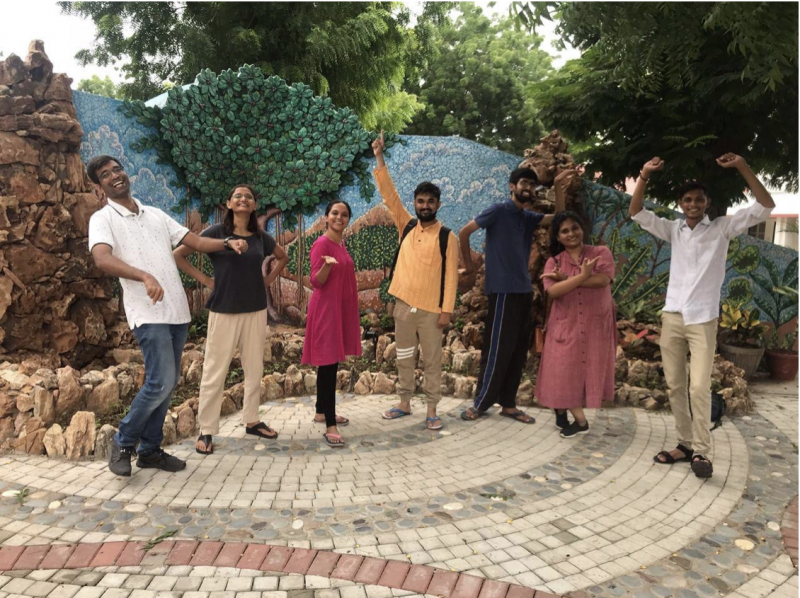The Healing Dance
She danced into the room, the sunlight danced across the water, the words danced on the page.
Historically, dance has been used to rid the poisons of body, both mental and physical. Physician Carl Hammerschlag, describing his time among the indigenous peoples of the American South West, recounts that the second question he was asked by a Pueblo elder, following “Where did you learn how to heal?” was “Do you know how to dance?” He is then told, “You must be able to dance if you are to heal people.”
Dance is sense-making. Lamothe said, “As long as humans walk the earth, dancing remains the practice by which humans acquire the eco-kinetic knowledge needed in order to participate consciously in creating a culture that honours, abides by, and upholds the movement of the earth in and around us. Last month the theme for HeArt circle was body awareness through dance movement. Roots of these practices may be detected in yoga, which uses the breath as a means of fostering “heightened” or different awareness while, and of moving. Integration of all aspects of the person, self-knowledge, and more effective action and engagement, is the focus of these practices.
Through dance, we interpret, repeat, rehearse, react to, and share our experiences. The awareness gives the power to evoke story the way I experienced during the circle. I always find it comfortable and easy when I have to communicate without words. I feel it reduces the chances of being misunderstood because there is no right way or wrong way to expression. It was beautiful to see how each person had their own (dynamic) interpretations to the instructions given and yet it all made sense. You could be/do anything while the circle holds you with nothing but compassion. A beautiful metaphor for how the world needs to be.
By becoming aware of our movements, and how they relate (us) to the environment, we become educated in the most intimate and constant aspects of ourselves - what we do, how we do it, how it could be better. We may also come to an understanding of why we have acted in a particular way, along with a desire to either accept or change it. By paying attention through the moving body, we can begin to connect cognition and behaviour. Nidhi shared how the movement helped her understand the interconnection between the mind and the body. She added, “It gave me a breakthrough that how our body language dictates and portrays the way we feel about our self. I am keen on learning more about how can we improve our movements to make us feel better.” She even pointed out the power of collective dance movement which felt like group therapy. Reflecting deeper she said, “Sometimes when we face our deepest issues and when we have the support of others being around, we feel liberated while still having our space secure within the group.” Swara shared something on similar lines, “I was actually planning to go to a quiet place for some 'me time' after the circle but the need went away as the circle came to an end. I felt I got good me time, in the presence of others in the circle. Isn't that paradoxical?”
Lokesh shared, “The theme sounded like a challenge to me because I don’t know how to dance, but I pushed myself into the unknown just to end up with surprises. When we were instructed to walk with some kind of heavyweight on our shoulders, I felt like this is what we are doing in our daily lives carrying unknown worries and non-existing fears. But in reality, it is only our perception. If we realize this, we will be able to break free and walk confidently.”
Each phrase of movement, every small transference of weight, every single gesture of any part of the body reveals some feature of our inner life. Swara added, “The difference between this form of dance and a choreographed dance is that you don't know what would be the next thing you would do or how you would act. It is spontaneous and real-time. And the awareness of this body made me feel awake and more aware. The way we jumped around in the hall, it gave me a glimpse of the freedom of movement that we exercise as children. Big thank you for helping us experience this new language.”
When Siddharth took all of us on a journey to find our own homes Jaimit shared that he could tap into the impermanence that life offers and also see his own clinging, fears and uncertainty during the process and at the end could discover his home in his own self. Many of us could relate to the metaphor of Sea where we felt empty and full at the same time. Trupti shared, “I personally felt one with the universe and could see the whole universe in me.”

Words would not do justice to what emerged in the stories that were narrated in silence and through movement yet this is a small effort to share the power of movement. Grateful.
Posted by Bhumika Patel on Aug 12, 2019



On Aug 13, 2019 Rajalakshmi SRIRAM wrote:
Post Your Reply